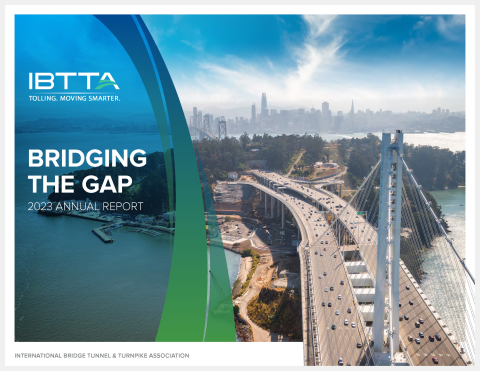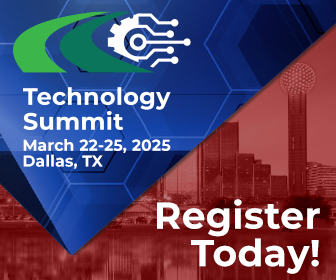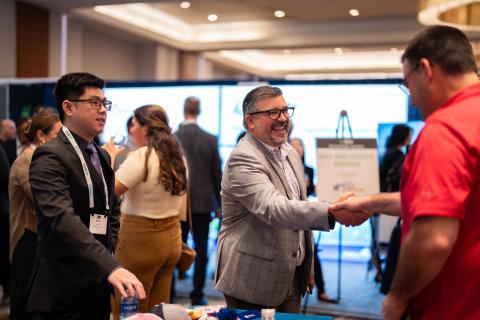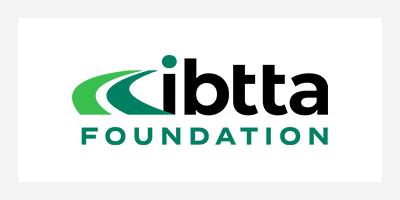- Home
- Florida’s New Secretary of Transportation Shines
Stories
Florida’s New Secretary of Transportation Shines


Longtime tolling and transportation industry veteran Kevin Thibault was appointed Florida Transportation Secretary January 18 by Governor Ron DeSantis. In this exclusive interview with Tolling Points, Thibault traces the opportunities ahead for the state, the role of technology in delivering on the promise of seamless mobility, and the past experience in tolling that helped prepare him for his current role.
What are the major opportunities on the horizon for Florida, and how does the state’s transportation system enable them?
The biggest factor is the tremendous growth in the state and trying to keep up with it. We’ve got so many urban areas, and all of them are a part of that growth. We receive 126 million visitors per year, 70 million of them in Orlando, and all of those people need transportation.
That challenge gives us an opportunity to be creative, and I’ve told our senior management team that we can’t respond in the way we’ve always done, whether it’s in the methods that we deploy managed lanes or how we move people and goods on highways that reached capacity. My job is to enable the leadership team and the partners to think differently about how we solve those challenges.
How do you see technology and innovative finance reshaping transportation in Florida over the next five, 10, 20 years?
Those are actually two different questions.
This governor is all about technology. In my interview with him before I was appointed, he was very excited about SunTrax. So we talked about how we can use that kind of technology in Florida, and he has instructed us to get out there and be more shepherd than sheep when it comes to the technology options available to the 50 states.
But that means compressing the timeline from concept to concrete. Right now, you could have a successful project, but when you get everyone in the room you realize it’ll take eight years to develop it. Using technology to streamline those processes should be a continuous evolution.
On innovative finance, we want to make that a means to an end, and that end is mobility. Once we have a picture of how to drive the future of mobility, then we can look at how to pay for it. With managed lanes, for example, it may not always be a variable pricing model, so much as a separate option for a group of users who just want to get right through the corridor without stopping.
The through movement without all the friction at interchanges is the value proposition. We’ve seen it with the managed lanes in Tampa, and they’re working great.
In that kind of scenario, the managed lanes provide a mobility choice that happens to bring in some revenue that we can be used for rapid transit, similar to what we have done in Miami.
What are the key infrastructure, management, and leadership challenges ahead for the wider transportation community?
It’s really recognizing that we all have a role. In this state, we’ve done quite a bit of work on privatizing and working with regional authorities. That means our success relies on leveraging partnerships, whether it’s with local governments, other government agencies, industry, contractors, the trucking industry, or engineering firms. We can do more together than apart, and that means breaking down any of the old siloes that are still holding us back.
When I look back 50 years, the highway you took to get here [to IBTTA’s Annual Technology Summit in Orlando] was a partnership. The expressway authority could only finance so much. So they went to the state DOT, and they built different sections of the road together to meet a regional mobility need. P3s also open up broader possibilities, and they can be part of an innovative finance solution. But it begins with identifying a region’s needs, what it will take to move people and goods, then figuring out the best solution to get there.
Florida is a national and global leader in infrastructure. How do you see the state building on that strength during your tenure?
We want to be a global leader in rolling out transportation infrastructure that accommodates people, whether they’re the people who live here or tourists. That means focusing on the future and using technology to relieve congestion in urban areas, and seeing what we can do to improve safety. Those are the big areas where I want to see us move the needle by leveraging technology and speeding up that process of going from concept to concrete.
What professional assets do you bring to the role of state Transportation Secretary that you can trace back to your past work in the tolling industry?
I started my transportation career in the tolling industry 34 years ago and worked my way up from project manager through different aspects of the business: I’ve been involved with engineering design, environmental studies, and a whole lot of public engagement. When I was with Florida’s Turnpike Enterprise I was able to straddle both realms, because even though it’s a part of the state DOT, we’ve always recognized that it’s a separate entity, generating its own revenue rather than relying on the gas tax. It’s all been a great source of experience, but a lot of my foundational work was in the tolling industry.
In the mid-1990s, I was one of the first project managers on the Sunpass system, back in the day when we were looking at shifting to all-electronic tolling. I still remember some of that early stuff, like developing the business rules from scratch and looking at using the gates for speed suppression to stop people from blowing through the lanes.
Is there anything that you’d like to add?
Until we re-evaluate how we fund transportation at the national level, we’re going to have to work to bridge the gap. When you have more needs than you have resources, other funding options provide a way to get there.
Here in Florida, I’ve been walking the halls of the legislature and speaking to elected officials who totally understand how we fund transportation. They don’t always like it that we’re tolling, but they understand why. It’s really about having the dialogue on what the future holds for transportation finance, and in the end, looking at mobility just like all the other utilities -- really, the acronym should be MAAU. The ‘ah-ha’ moment comes when people realize that they pay for their water, gas, Internet, and their transportation by the amount they use.

Joining IBTTA connects you to a global community of transportation professionals, offering unmatched opportunities for networking, knowledge-sharing, and collaborative innovation in the tolling and transportation sector.
Follow IBTTA on social media for real-time updates on transportation trends and collaborative opportunities.





